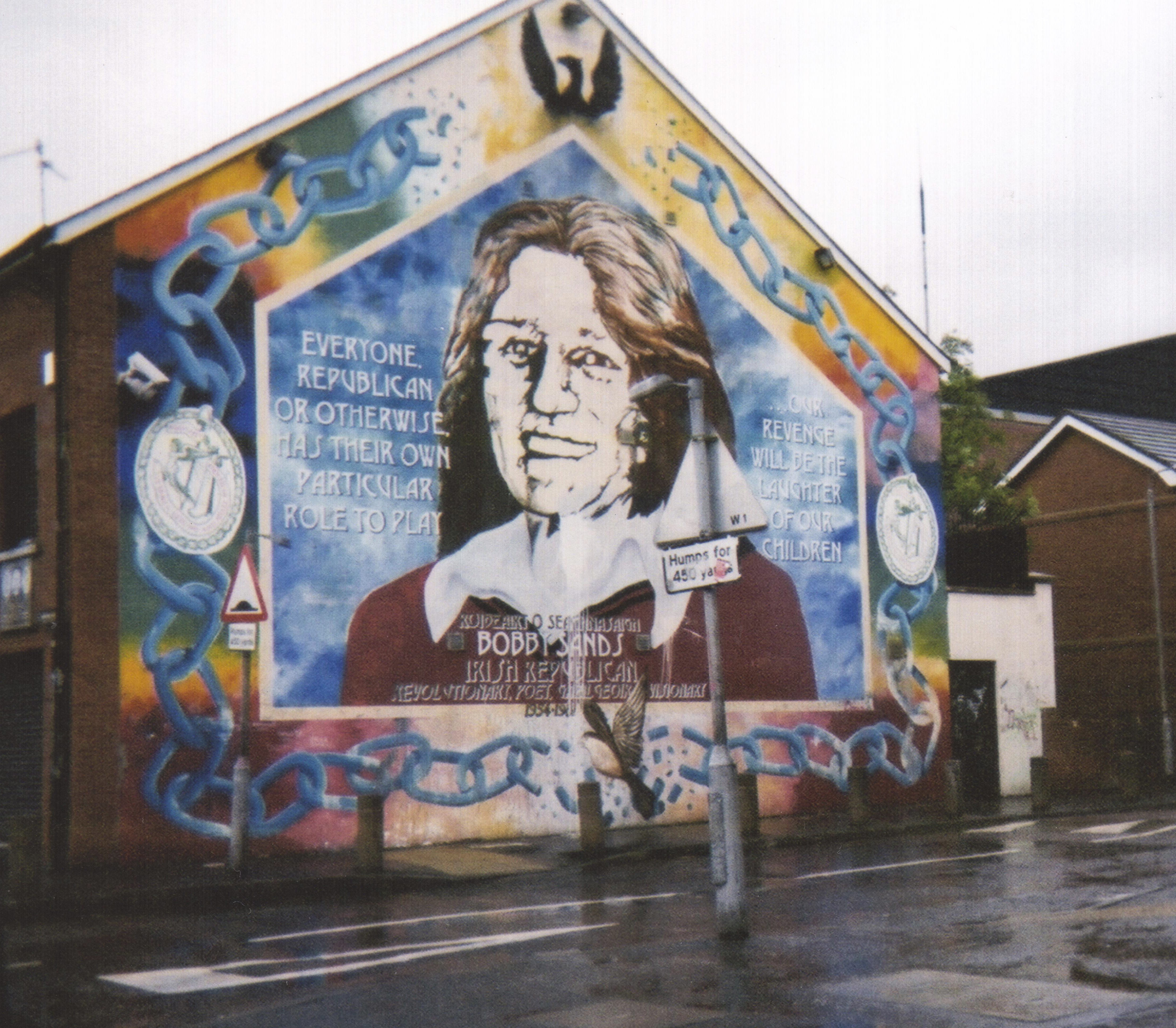Does Anybody Really Know Where They Are?
It was a trip of firsts for me: first time to upstate New York, first time traveling across a big lake by ferry, and first […]
It was a trip of firsts for me: first time to upstate New York, first time traveling across a big lake by ferry, and first […]
People who live on water know that voices carry, they can distinguish the sound of the lark from the wren, and know when to venture […]
In the presentation of Jane Eyre, Charlotte Bronte walks a fine line between offensiveness, and what would have been viewed as fantasy or fairy tale.
Prejudice and privilege are closely related. Our prejudices may even help ensure our privileges.
#BetsyDeVosShouldCleanSchoolLatrines
Snow blanketed the town in quiet isolation. It covered the roadways and rooftops and treetops, even the magnificent climbing tree that shaded the Carroll’s tiny […]

Do not attend a hate rally! Instead, according to the Southern Poverty Law Center in 10 Ways to Fight Hate you should, “Hold a unity […]
Do you follow the trends, have the latest gadgets? Do you watch TV, follow the popular shows? Do you believe the things you read on […]
Does time fly when you’re having fun? Have you wasted all your time? Are you losing time? Is it possible that you’ll never find the […]